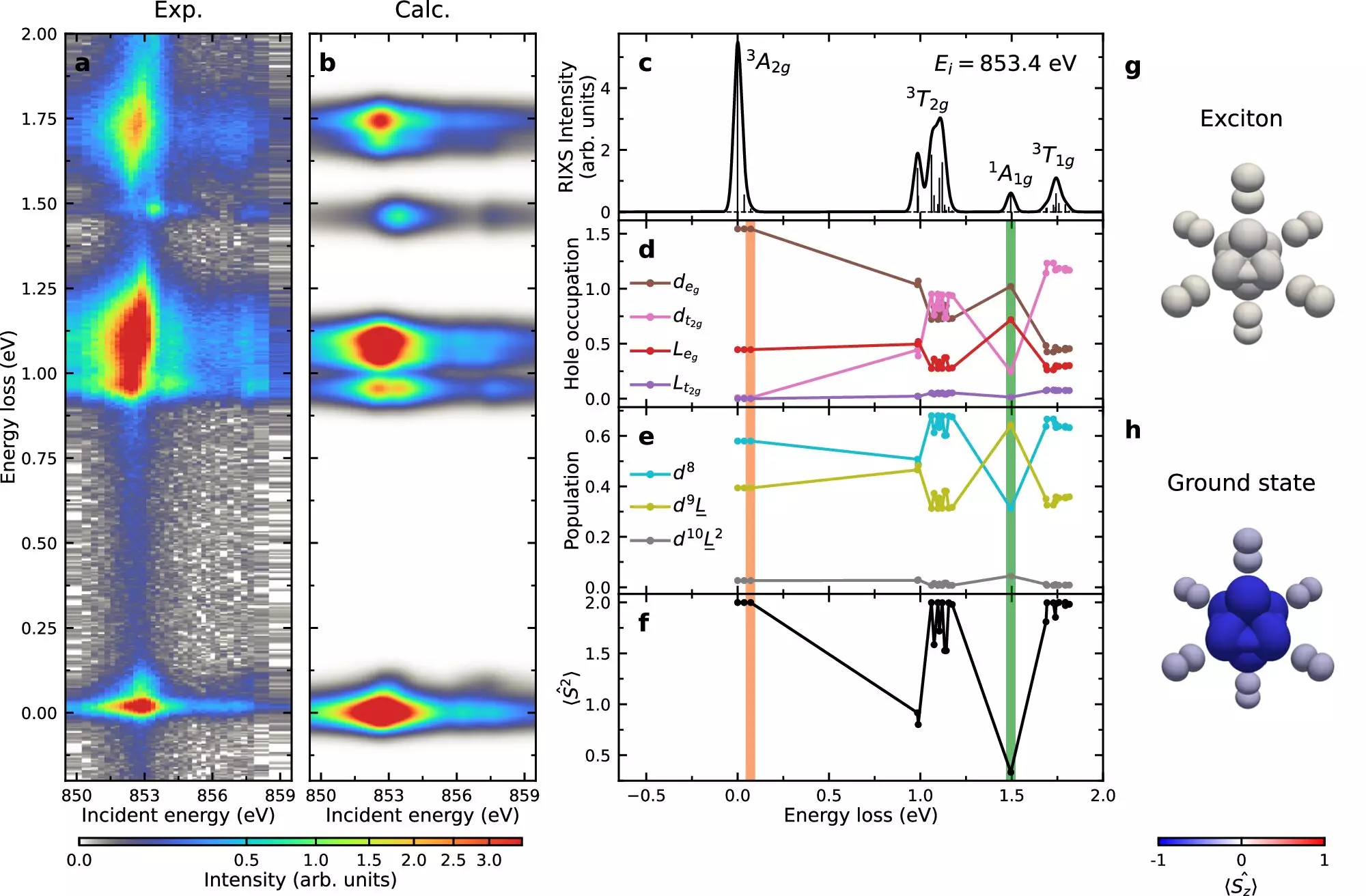Excitons, the intriguing particle-like entities that arise from the coupling of an electron and its associated “hole,” represent a crucial component in the realm of condensed matter physics. These quasi-particles not only symbolize complex physical interactions but also hold immense promise in the development of next-generation technologies. A recent study led by scientists from the U.S. Department of Energy’s Brookhaven National Laboratory has cast new light on the behavior and formation of excitons within van der Waals magnetic materials, particularly focusing on nickel phosphorus trisulfide (NiPS3). This groundbreaking research provides insights that are pivotal for understanding the interplay between magnetic and optical properties in these advanced materials.
Exploring the Complexities of Van der Waals Magnets
Van der Waals materials, renowned for their unique atomic structures, exhibit fascinating magnetic properties that have drawn significant scientific interest. The recent investigation into NiPS3, conducted using the National Synchrotron Light Source II (NSLS-II), aimed to unravel the complexities of how excitons interact with the magnetic framework of the material. Scientists utilized resonant inelastic X-ray scattering (RIXS)—a state-of-the-art technique—to probe the exciton dynamics and to map out their formation mechanisms in high detail. This method is especially well-suited for examining the peaceful yet profound interplay between electronic configurations and magnetism embedded in these materials.
Advancements in Measurement Techniques
The NSLS-II, a premier research facility, allowed scientists to harness highly focused X-ray beams to study the intricate behaviors of various compounds. With the capabilities afforded by cutting-edge techniques like RIXS, the researchers unlocked the ability to examine the energy states and momentum of excitons in NiPS3 at unprecedented resolutions. Through this process, they began to build a clearer picture of how excitons are structured and how they propagate through the crystal lattice, thereby establishing a deeper understanding of their fundamental nature.
A key discovery from the study is the interaction dynamics between excitons and magnons—collective excitations arising from the spins of electrons within crystals. The researchers found a crucial connection, indicating that exciton transport in NiPS3 operates analogously to the movement of magnons. This startling revelation implies that excitons do not merely exist in isolation; rather, their formation and behavior are intricately linked to the magnetic interactions that define the physical characteristics of the material.
Moreover, the research identified the influence of Hund’s exchange interaction as a significant factor in exciton formation. This exchange interaction governs the energetics associated with electron spins and plays a pivotal role in determining the conditions under which excitons can emerge in NiPS3. Understanding this relationship not only furthers academic knowledge but also opens avenues for potential technological applications where magnetism and optics converge.
As the scientific community continues to refine instrumentation and experimental methodologies, the study of excitons in materials like NiPS3 is poised for rapid advancement. Researchers anticipate employing enhanced techniques like advanced electron microscopy alongside RIXS to obtain finer and more detailed measurements in future investigations. This progressive outlook suggests that the intersection of optics and magnetism within van der Waals materials could lead to revolutionary advancements in fields such as quantum computing and data storage.
In a world increasingly reliant on sophisticated information technologies, the implications of mastering the behavior of excitons in magnetic materials are profound. As scientists delve deeper into this captivating domain, the potential for creating innovative materials that fuse the properties of magnetism and light becomes ever more attainable.
The ongoing exploration of excitons in van der Waals magnets encapsulates the excitement and promise of modern physics. The recent breakthroughs achieved by the Brookhaven National Laboratory team not only illuminate fundamental scientific questions but also lay the groundwork for the next generation of magnetically informed technologies. As researchers build upon these findings, the tantalizing prospect of harnessing the unique properties of excitons for practical applications becomes ever nearer. Through continued innovation and inquiry, the transformation of these esoteric concepts into groundbreaking technologies is not just a dream, but a burgeoning reality.


Leave a Reply